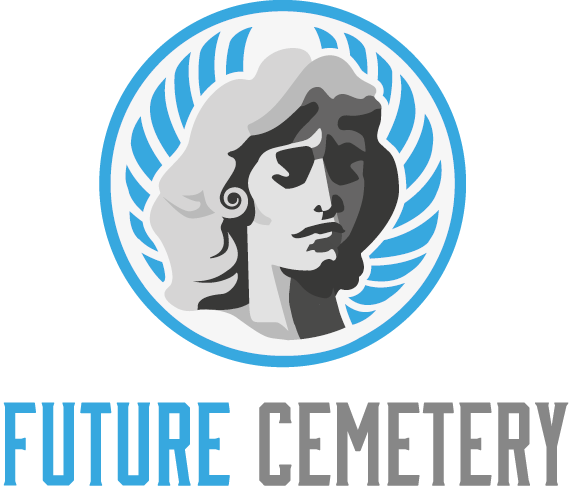Cemetery Design involves a delicate balance of both aesthetics and functionality. It is important to understand your audience and what type of experience you want to create for them.
Modern Cemetery Design reflects changing societal attitudes toward death and remembrance. Minimalism and environmental sustainability are a growing trend in burial practices.
Design Considerations
Cemetery design requires a thoughtful process with a clear understanding of your objectives and the site. This can include a master plan, landscaping and architecture.
A good master plan addresses cemetery needs, sales trends, long and short-term goals, and community demographics. It should also include an environmental impact assessment, a maintenance evaluation and options for new burial spaces.
Cemetery layouts should be flow-oriented to reduce mowing and maintenance costs and enhance aesthetics. Landscaping should consider climate, soil conditions and plant species selection. Water features are important to both beautify the grounds and provide an inviting place to visit. Circulation is a key element of architectural design, affecting user experience significantly. Well designed paving, walkways and paths improve efficiency and accessibility. Light, both natural and artificial, is another critical design consideration.
Master Plan
A cemetery master plan is a crucial step in the development of a cemetery. It provides the framework and direction for future expansions, improvements, landscape character preservation and operations.
In most cases, a master plan is updated on a regular basis. It is recommended that a plan be revisited on a 5 year cycle to keep up with market changes, new cemetery products and horticultural needs.
Good cemetery design adds value. Burials that are located near scenic and beautiful spaces or park features command premium prices. Similarly, cremation gardens that are carefully planned and designed are often sold prior to completion. This helps to offset the cost of construction and ensures that the cemetery is a successful operation. This in turn translates into more revenue for the cemetery.
Landscape & Architecture
A cemetery’s landscape and architecture should evoke a feeling of serenity and comfort for visitors. Incorporating elements like flowing water, natural foliage, and even art pieces in a thoughtful way can help.
Cemetery design can also reflect cultural shifts through architectural and landscape choices. For example, a trend toward minimalism and environmental sustainability in burial practices reflects a change in cultural attitudes towards life and death.
Circulation is another important consideration in cemetery design, determining how people move through and interact with spaces. A well-thought-out circulation plan promotes safety, accessibility, and efficiency and can impact the visitor’s experience significantly.
Ultimately, a proper needs assessment is the foundation of cemetery design and planning. It ensures that your facility is built to last and serves its community for generations to come.
Accessibility
Accessibility is a key consideration for cemetery design. Easily navigable terrain and wide pathways are standard features in new cemeteries, and many offer designated areas for diverse cultural interment practices.
Parking and transportation options are also important, as they help visitors who may need to travel longer distances. Attractive, well-marked signage helps visitors navigate the grounds, and often includes braille for visually impaired individuals.
Incorporating local cultural elements in architecture further enhances the cemetery’s spiritual impact, and can help connect visitors with their heritage and history. These elements may take the form of adaptations in architectural style, materials or construction techniques. These subtle nuances are the heart of a meaningful cemetery design.
Signage
Signage can help visitors find their way around the cemetery. Directional signs should be placed along key road or walking path junctions near the entrance to the cemetery. Information signs should be designed to accentuate the Entry Feature and relate architecturally with the overall project.
The incorporation of historical and cultural elements into the design of a cemetery can create spaces that are both calming and reflective of a community’s heritage. This approach may involve the use of traditional architecture styles, materials, and construction techniques.
Integrating water features such as ponds and cascading brooks can also provide soothing audio elements. This type of feature can be especially helpful in creating a sense of tranquility for mourners. Similarly, the incorporation of biomimetic design—taking inspiration from nature’s forms and structures—can add a unique aesthetic to a cemetery’s space.
